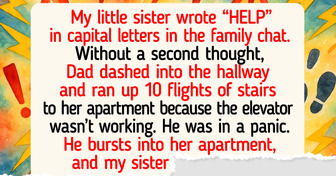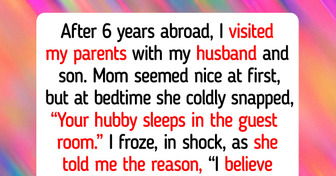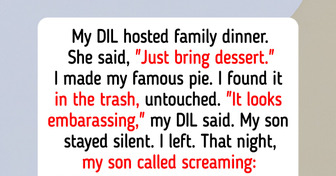15 People Whose Snap Decisions Created the Kind of Happiness You Only See in Movies


Have you ever felt that your home, or office (which is your second home in any case), is somehow conspiring to your ill health? That the building that you spend most of your time in might be behind the reason for your strange symptoms? You might be right.
The correct term is sick building syndrome, and it was first coined by the WHO in 1983 in a report on how people can experience a wide range of symptoms when inside particular buildings. The identifiable cause may remain unknown, so here is a list of the most common causes of SBS and what symptoms you may experience as a result.
CONTENT IS PROVIDED FOR INFORMATIONAL PURPOSES ONLY AND IS NOT INTENDED AS A SUBSTITUTE OF MEDICAL ADVICE.
SEEK GUIDANCE OF YOUR DOCTOR REGARDING YOUR HEALTH AND MEDICAL CONDITIONS.
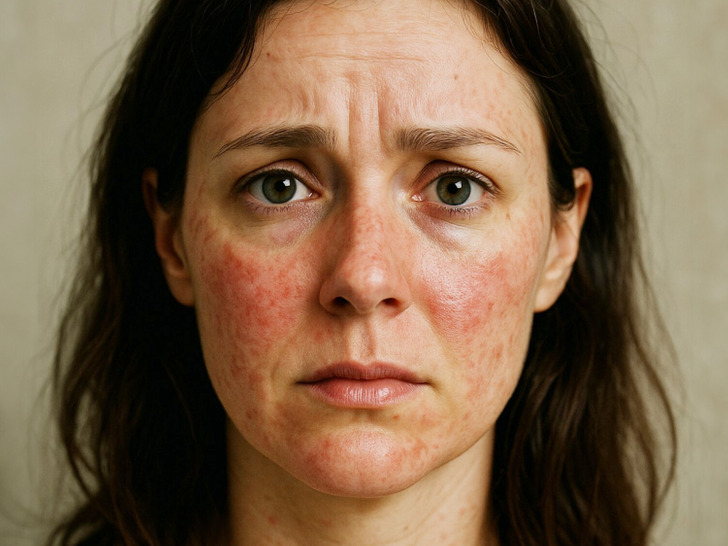
Many people with sick building syndrome report chronic skin rashes, and it may be due to mold or fungus growth in poorly ventilated areas. Other reasons could include the presence of formaldehyde (mostly found in wood furniture and floors), asbestos, chemicals in the air from cleaning products, and, of course, harsher chemicals like pesticides.
Keeping the building well-ventilated, using less harmful cleaning supplies, and keeping mold-reducing plants like ivy and aloe vera are good short-term preventative measures. For a long-term cure, you just have to stay away from the building, so moving homes or changing jobs might have to be a part of your future plan.
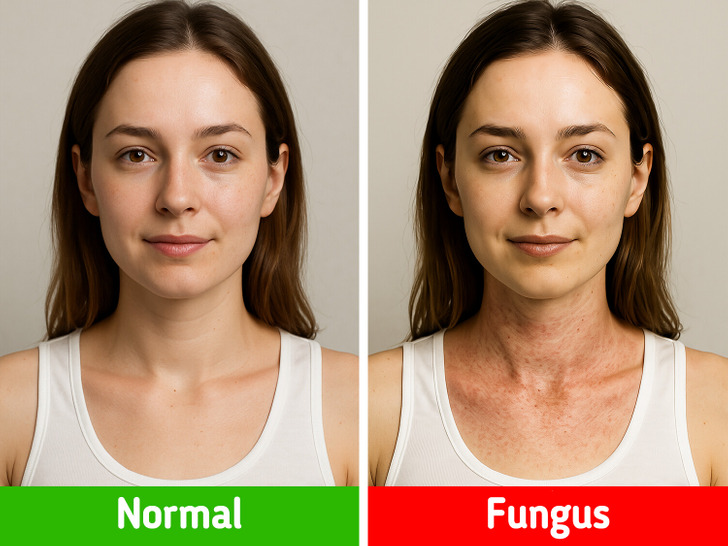
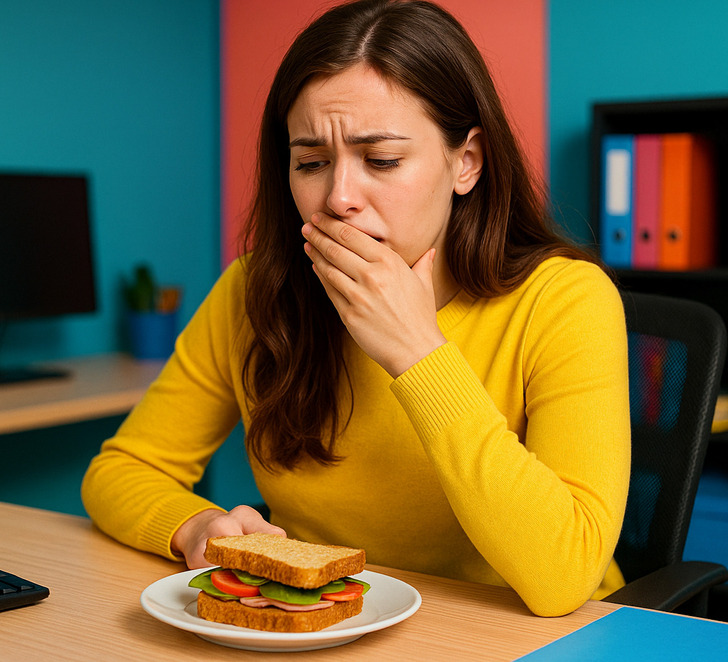
Since the 1970s, symptoms of the Sick Building Syndrome have been on the rise, as older and more naturally ventilated buildings are getting torn down in favor of airtight buildings in the name of energy efficiency.
Yet another commonly reported symptom of SBS is fatigue, excessive tiredness, body aches, and even nausea. While this could also be because of mold or fungal spores, added causes could be poor ventilation, heat or humidity, and such. Adequate ventilation that lets in fresh air may help.

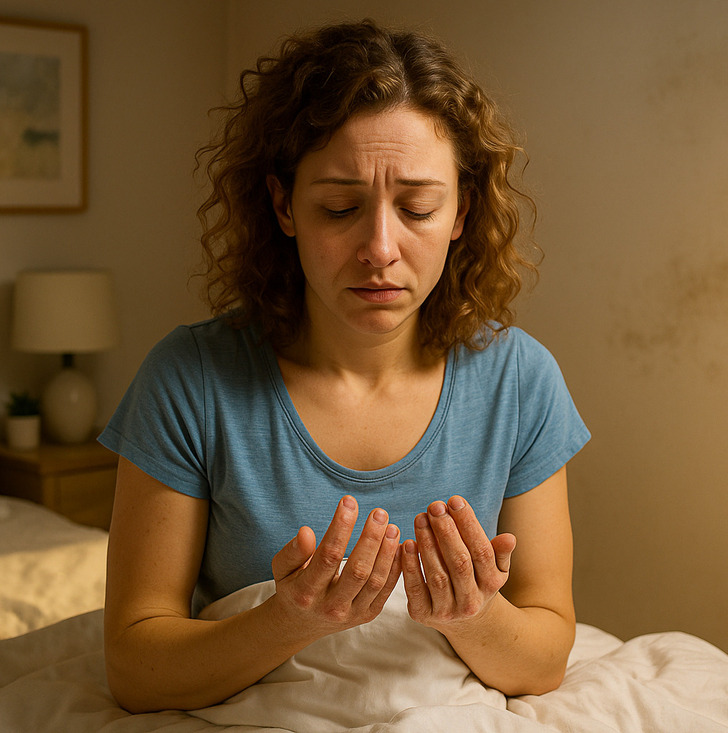
Excessive humidity or indoor air that’s too dry can also cause all sorts of skin and hair problems like dryness, and even itchy skin. If you wake up to chapped skin or a sore throat, the reason could be low indoor humidity.
Conversely, higher indoor humidity levels can cause frizzy or flat hair and even exacerbate allergic reactions. This can also lead to a growth of mold and fungus, further fueling allergies and even respiratory issues. Adequate ventilation and devices that purify air and maintain ideal indoor humidity may help.

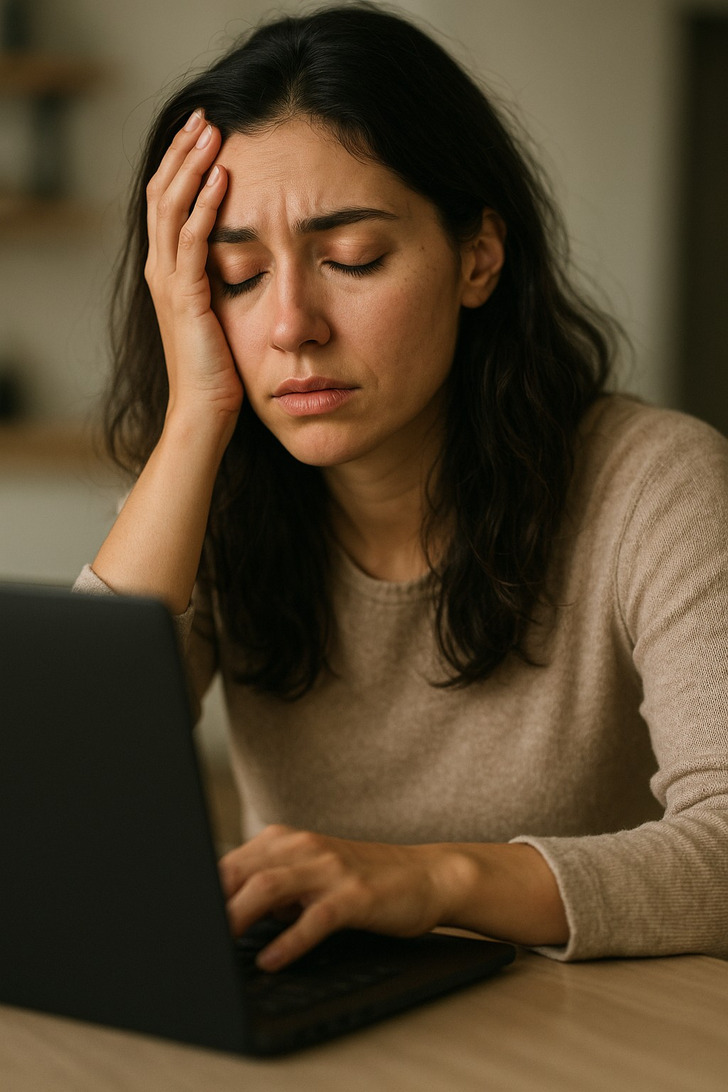
Exposure to a consistently noisy environment can also trigger sick building syndrome. Symptoms like sleep disorders, concentration issues, excessive fatigue and chronic headaches, hearing loss, and even cardiovascular issues have been attributed to exposure to noise. If you cannot change your home or work environment, noise-cancelling headphones may be a short-term solution.
Electromagnetic fields may also play a part in adding to the sick building syndrome in people, although studies are underway to understand how much EMF is worrisome.
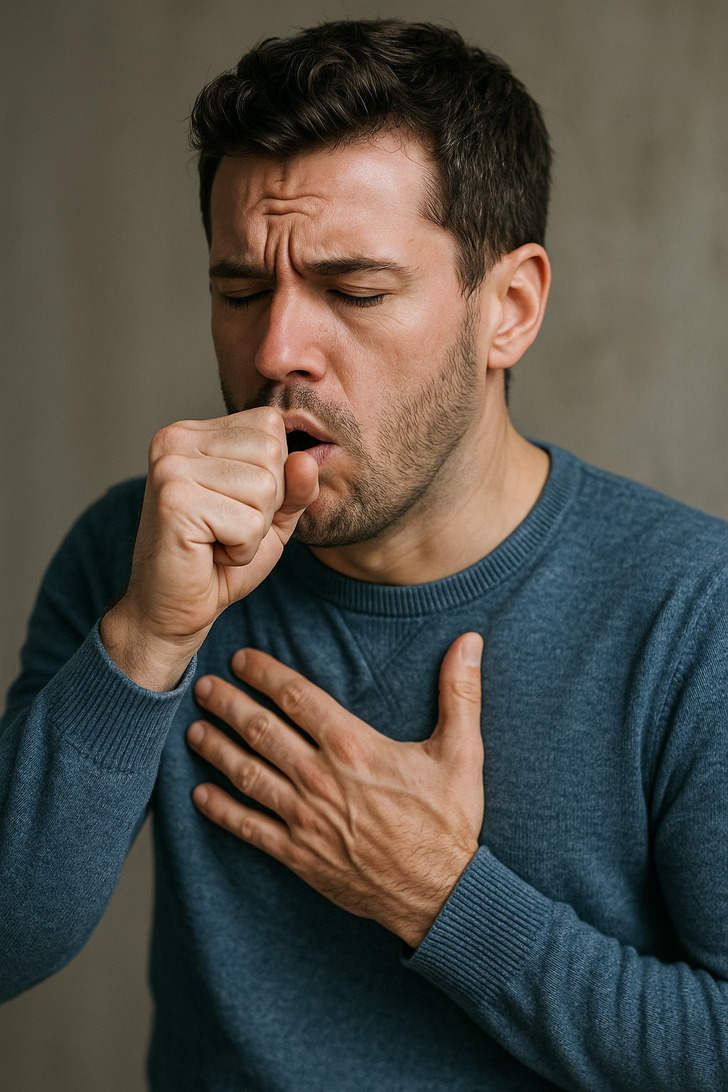
In an indoor environment, you may be exposed to harsh chemicals, like cleaning materials, pesticides, and even fumes from chemicals used in paint, furniture, and flooring. This may lead to a multitude of symptoms, mostly related to the respiratory tract. Difficulty in breathing, wheezing, or developing a chronic cough are some symptoms.
Increased asthma attacks may be possible in people with the disease, and there have been cases of people developing a hoarseness of voice as well as a result of chemical exposure. Using gentler and more organic cleaners and pesticides may help, but the first need is to identify the trigger chemicals causing the symptoms.
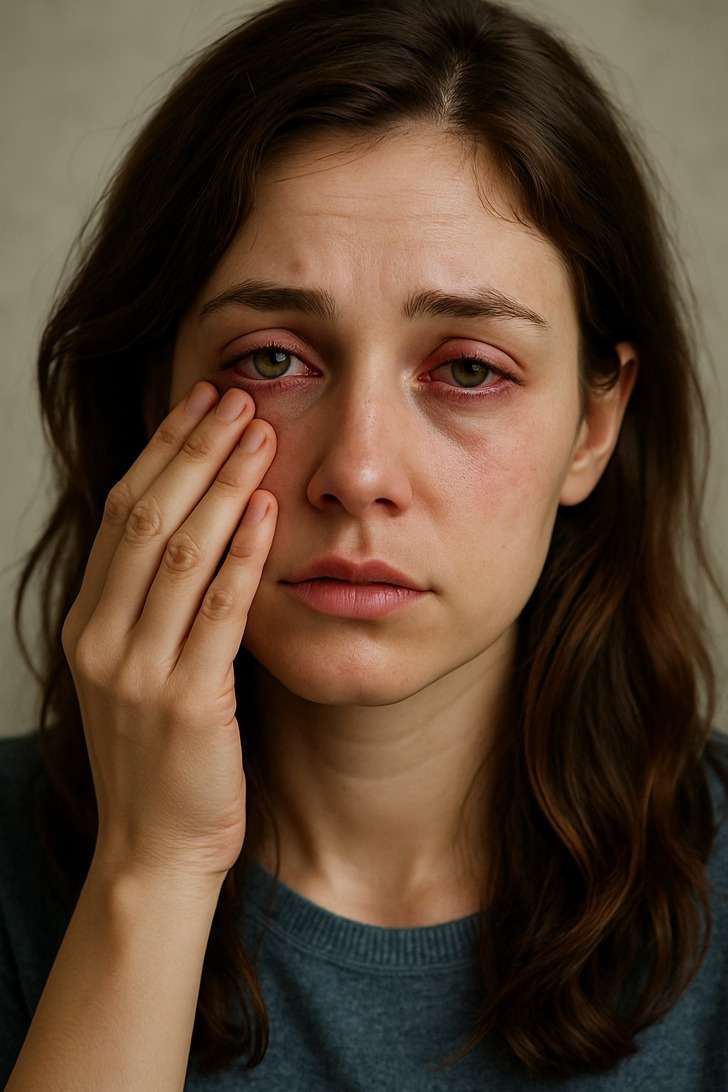
In fact, experts say bright light affects your circadian rhythms. Poor or harsh artificial lighting can create sick building syndrome in people, with symptoms like sore and overstrained eyes, headaches, poor concentration, and even increased levels of fatigue and anxiety due to sleeping issues. All of these may lead to an increased risk in accidents, as well as poor productivity as well.
Ensuring plenty of daylight and using the latest fixtures, as well as planning the lighting right, can save you from all the symptoms that come from poor lighting.
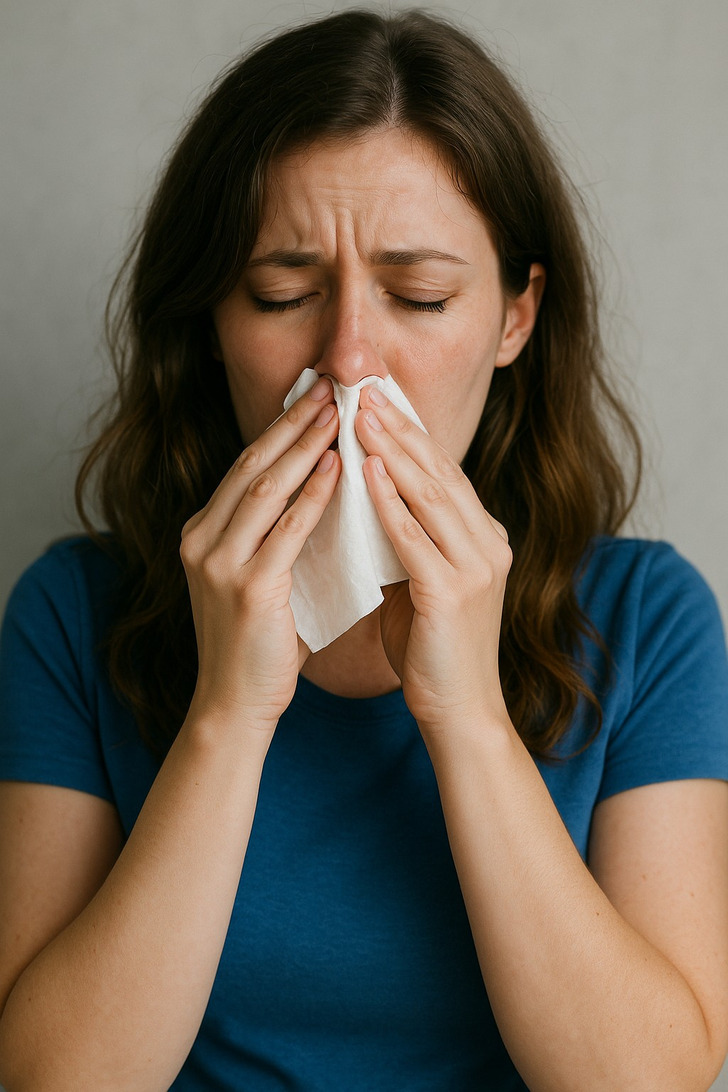
Most of our homes and offices have massive air conditioning or radiator units, powering up the thermostats to make the environment as cool or hot as is needed to counter the outside weather.
However, if these machines are not serviced regularly or kept clean, they can let outdoor pollution in, increasing the risk of chronic colds, coughs, and respiratory conditions. Rat or bird droppings can also pose a risk, as can other pollutants like dust, insect droppings, and chemical contaminants. Adequate servicing and maintenance can take care of this problem.
Sick building syndrome is a bit tough to identify, given that it presents with a whole range of symptoms and causes. While there may be ways to make your home, or workplace healthier, if the symptoms persist, it may be time to move. On the opposing spectrum, here are tips for work-at-home parents to be their healthiest best.

